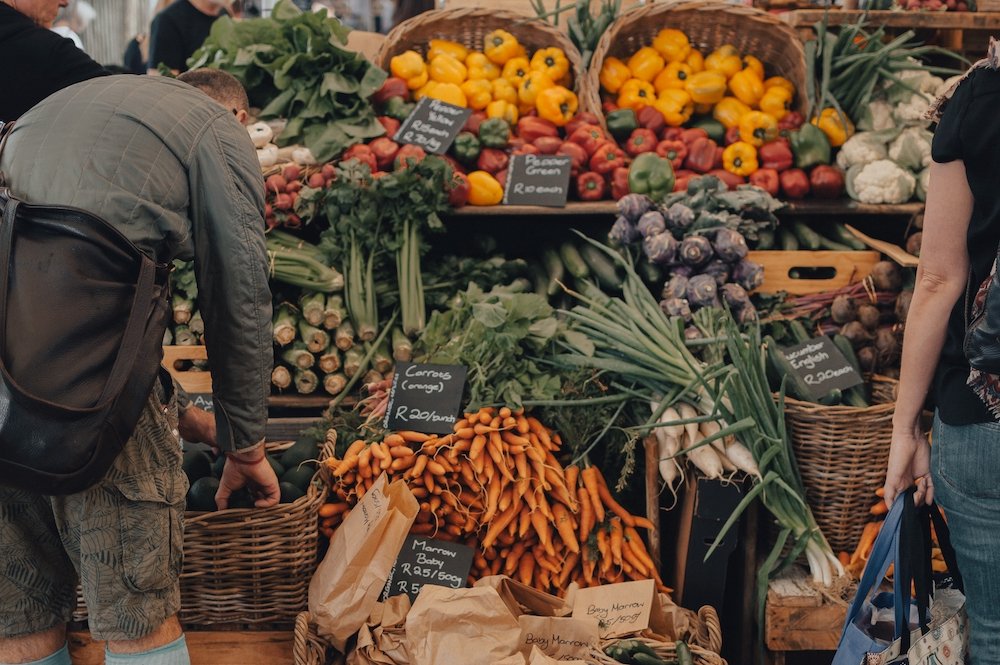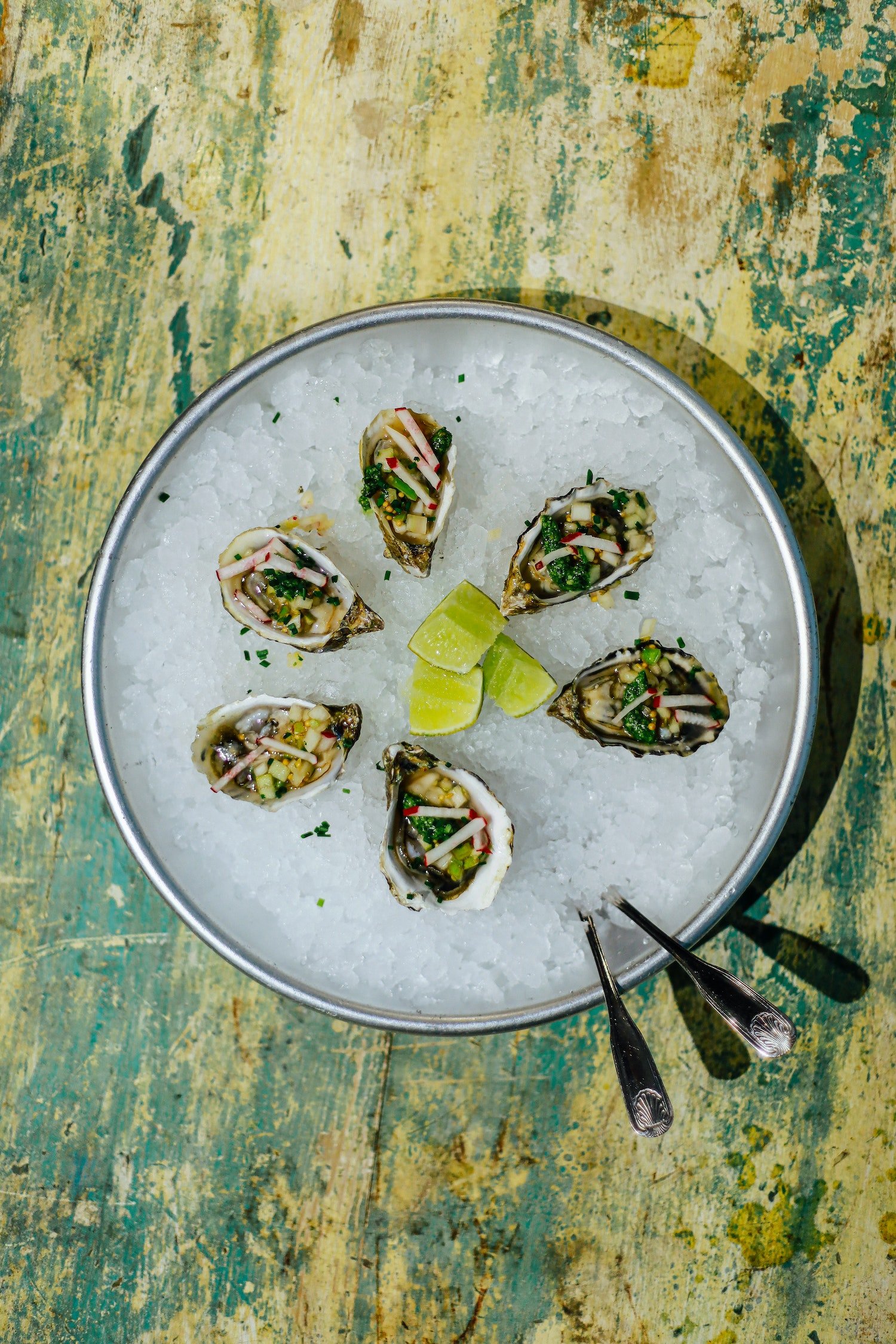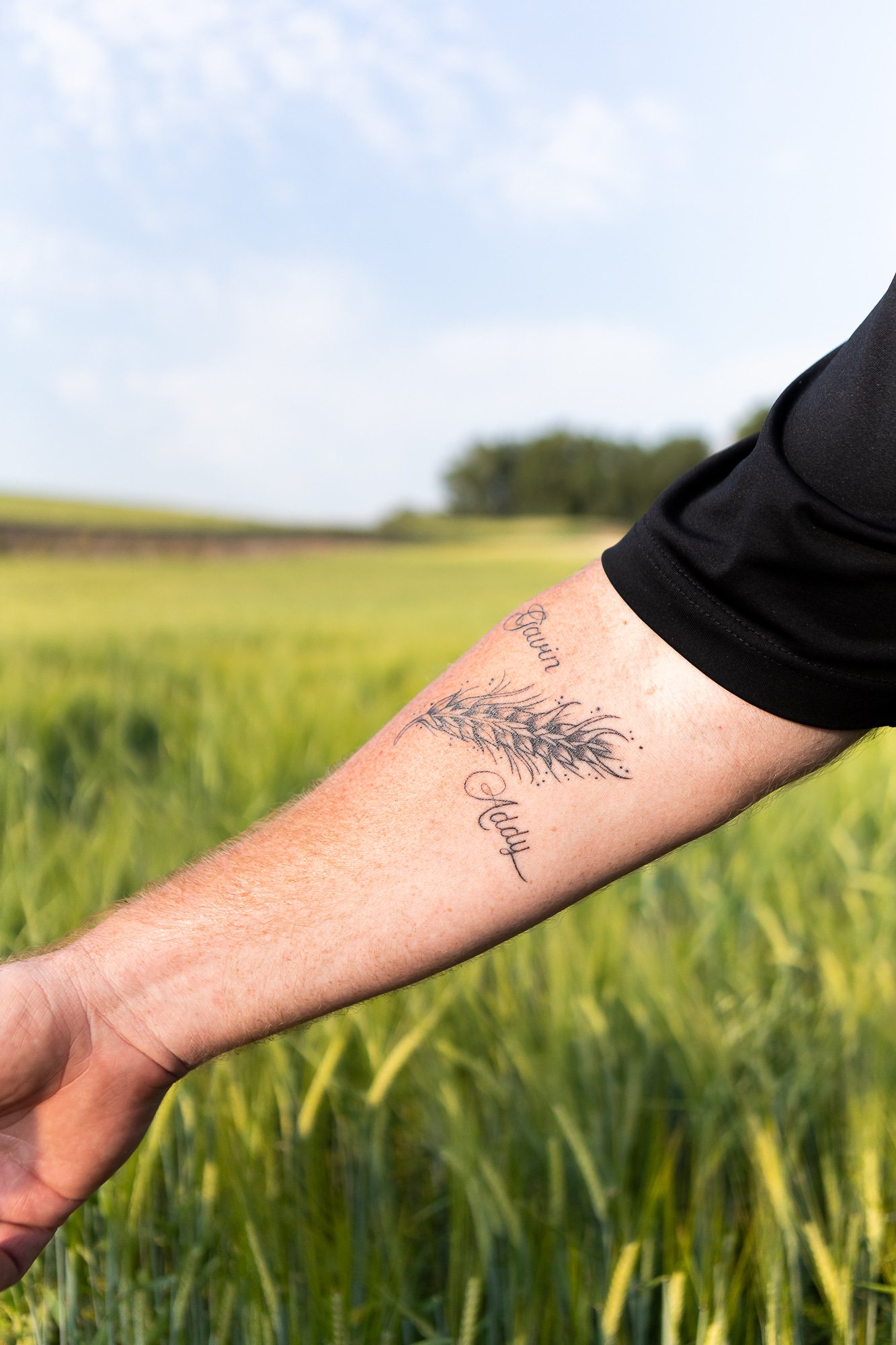War & Wheat: Connecting Eastern Washington with Eastern Europe
Dmytro Smolyenko/Ukrinform/Future Publishing via Getty Images
A man in a military uniform stays in a burning wheat field as Russian troops shell fields to prevent local farmers from harvesting grain crops, Polohy district, Zaporizhzhia Region, southeastern Ukraine.
War & Wheat: Connecting Eastern Washington with Eastern Europe
BY SYDNEY FLUKERWhen Russia invaded Ukraine in February of 2022, the world held its breath, hoping for a quick end to the conflict. But in Spokane, the energy felt heavier.
Spokane County is home to approximately 50,000 Slavs, with roughly 30,000 of them being Ukrainian-American. Much of Spokane’s Slavic community arrived from Eastern Europe between the late 1980s and early 2000s, many identifying as Christians pursuing the religious freedom afforded in America to escape the atheist Soviet Union.
U.S. policies granted large numbers of Christian refugees a home in the States, assigning them to cities experiencing population decline and deindustrialization to help revitalize the economy. As a result, Spokane established itself as a community with a large Russian and Ukrainian-speaking population, making it a hub for Eastern European immigration.
As the war broke out, organizations in Spokane mobilized to welcome incoming refugees. With initial assistance from the Ukraine Relief Coalition, Thrive International, a non-profit organization formed by local community leaders aimed at empowering multicultural communities, acquired a recently closed Spokane hotel to house Ukrainian refugees and created Thrive Center. Faith communities came together to provide supplies and meet the needs of the influx of people. Shops around the county showed their solidarity with fundraisers, and blue and yellow flags are still flying proudly around the city.
But a little south from Spokane in Whitman County, farmers panicked for a different reason.
According to Casey Chumrau, CEO of the Washington Grain Commission (WGC), price increases and supply chain issues as a result of the war have put a strain on farmers’ ability to survive.
“A lot of critical inputs for farmers come out of that region, including Russia, accounting for a lot of fertilizer and other inputs that farmers rely on to produce a high quality, consistent crop,” Chumrau said. “The uncertainty of the availability and increased prices has put a lot of pressure on farmers.”
The U.S. produces its own seeds, but is dependent on other countries for fertilizer, fuel and other critical inputs. Worldwide supply chain issues affect farmers through both availability and price increases, forcing farmers to risk being bled dry to make it through harvest.
“We say that they are price takers, not price makers,” Chumrau said. “Unfortunately, when the cost of their inputs and the cost of production rises, that doesn’t mean they can just increase their sale price to cover those costs. That’s where the risk really enters — they have to be very careful to make sure that they’re able to break even.”
After a bad harvest in 2021 due to drought, Chumrau said 2022 was intended to be a comeback year of sorts. In 2022, just under 2.3 million acres of wheat were harvested in Eastern Washington, adding up to 144 million bushels, according to the WGC, a 65% increase from 2021. Whitman County, an hour and a half south of Spokane, consistently grows more wheat per acre than any other county in the state.
“We’ve slightly decreased our acreage over time, less than other regions in the US, but we’ve been able to be more productive on those acres, so we’ve held really steady in our production over the decades,” Chumrau said.
On the other side of the world, the same crop was adapting to life under attack.
Wheat has thrived in Ukraine and Russia throughout history, earning the countries reputations as worldwide bread baskets, responsible for nearly one third of global wheat exports, almost one third of the world’s barley and one fifth of corn. All of these crops account for an estimated 11% of the world’s total calories each year.
Ukraine is known for sustaining food-insecure countries in North Africa, the Middle East and Asia. At one point, the African Development Bank reported that the price of wheat had risen 45%.
The country also played a key role in protecting food security in those nations, producing 40% of total wheat for the World Food Programme, an organization fighting hunger worldwide. Now, due to the war, Ukraine is now on the receiving end of WFP’s aid.
“Ukrainian crop is almost all winter wheat, so for that reason, it wasn’t fully affected last year because the war started in February, where that crop was already in the ground,” Chumrau said.
In the northern hemisphere, wheat is grown in two planting seasons. Winter wheat, planted in the fall, goes dormant through winter before being harvested early summer. Spring wheat, planted in the spring, is harvested after winter wheat later in the summer.
For this reason, Ukraine didn’t feel a huge impact on wheat production when it came to harvest in 2022 — the real struggle was exporting. However, reduced planting this winter wheat season can cause lower production or yield, an effect which will be felt later this year if it happens.
Since the enactment of the Black Sea Grain Initiative in early July, Ukraine has been able to export goods, preventing a shift in wheat dependency to the U.S. The Black Sea Grain Initiative is an agreement between Russia and Ukraine that created a safe shipping channel for exports from three ports in Ukraine when it was enacted in early July.
“I’ve been telling most growers today that we’re one bomb away from going up to the limit,” said Randy Olstad, grain division manager with PNW Farmers Coop. “If you truly shut down that Black Sea corridor, all the business that has been done with Russia and Ukraine will have to go somewhere else, and as it looks today the U.S. is a residual supplier.”
The initiative was renewed in early November, ensuring safe passage of exports from Ukraine to the rest of the world until March 19.
“At this point in time, there are grains moving,” Olstad said. “It’s not at the capacity they thought, but it is moving and there’s hope that there’s enough because in order for the market to go down, it only needs one extra bushel, right?”
According to the United Nations, wheat has accounted for 29% of Ukraine’s exports since the initiative was enacted. As of late December, the initiative has allowed for the passage of over 15 million tonnes of cargo out of Ukraine.
But the initiative does not make up for the crops destroyed by war or weather, Olstad said, and the supply chain continues to be affected by shipping delays, labor shortages, and the war happening near Ukrainian ports. There are also reports of some major insurance companies requiring that ships entering the Black Sea region be covered by war insurance.
Olstad said the war has made it hard to determine the expected worldwide crop output, and that other factors will affect the crop’s outlook. La Niña favored Australia, which is expected to yield as high as 38 million metric tons in wheat but may not have the shipping capacity to export that amount, while droughts in Argentina and Southern China have detrimentally affected their crop.
In an effort to help fund the war, Russia and Ukraine have been selling their exports at a cheaper rate, wheat included, attracting the countries that are swing buyers who buy wheat at the lowest price, like Egypt and Indonesia, as well as their normal customers, like Yemen and Ethiopia.
In contrast, the strength of the U.S. dollar makes U.S. wheat more expensive on the world market, making it more difficult to find buyers willing to pay that price.
“Wars are wars, and the market is going to be very sensitive to it,” Olstad said. “The volatility in our marketplaces have been extreme, and it’ll continue to be that way until the conflict is settled because those two countries are such an important part of the world food market.”





























